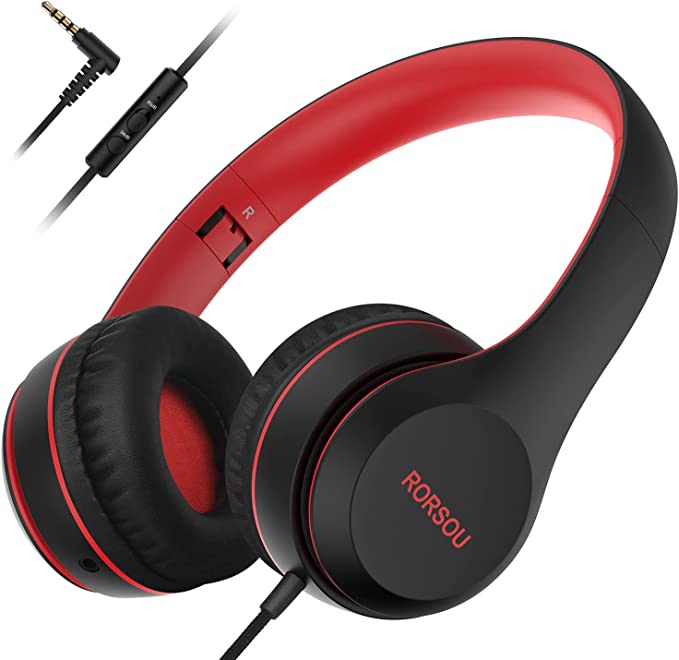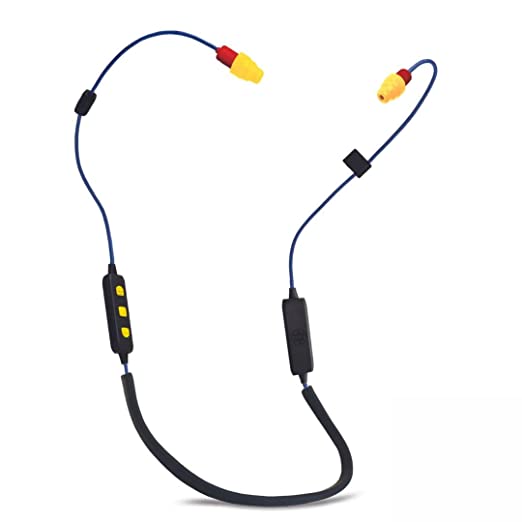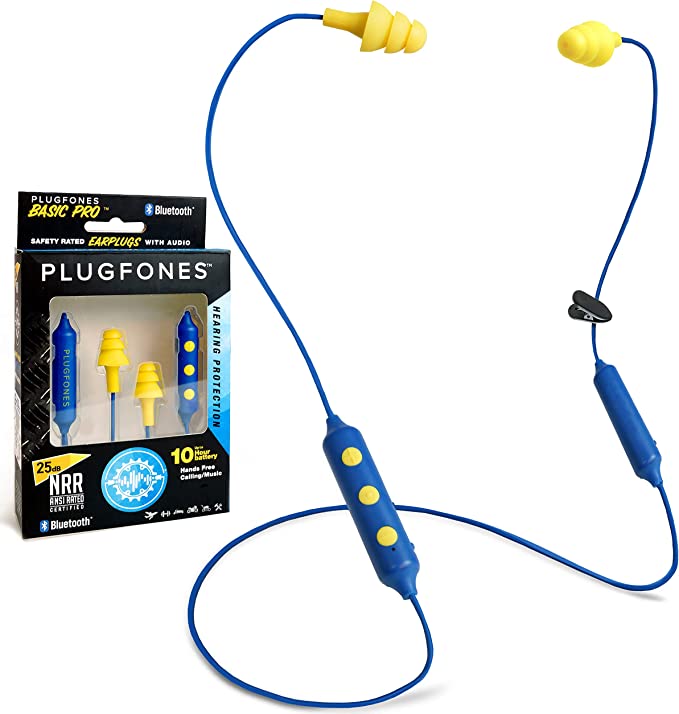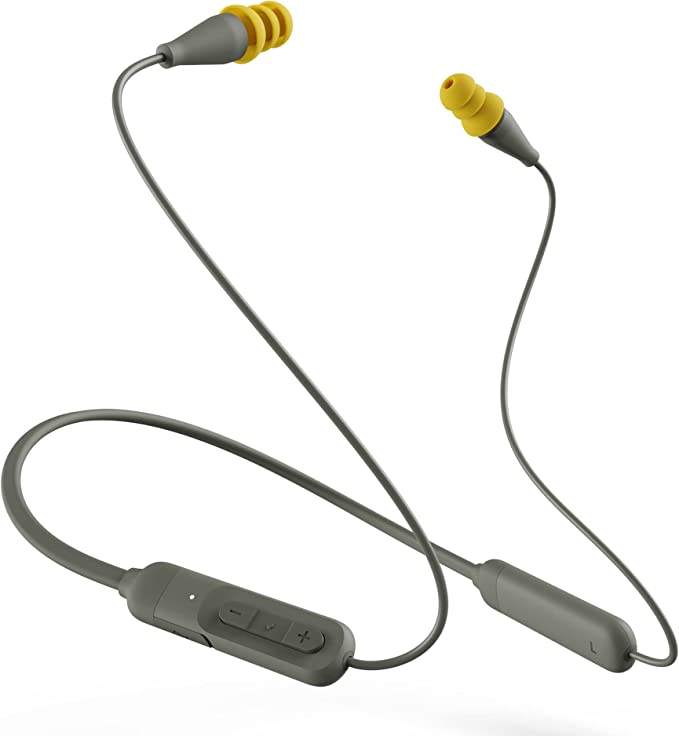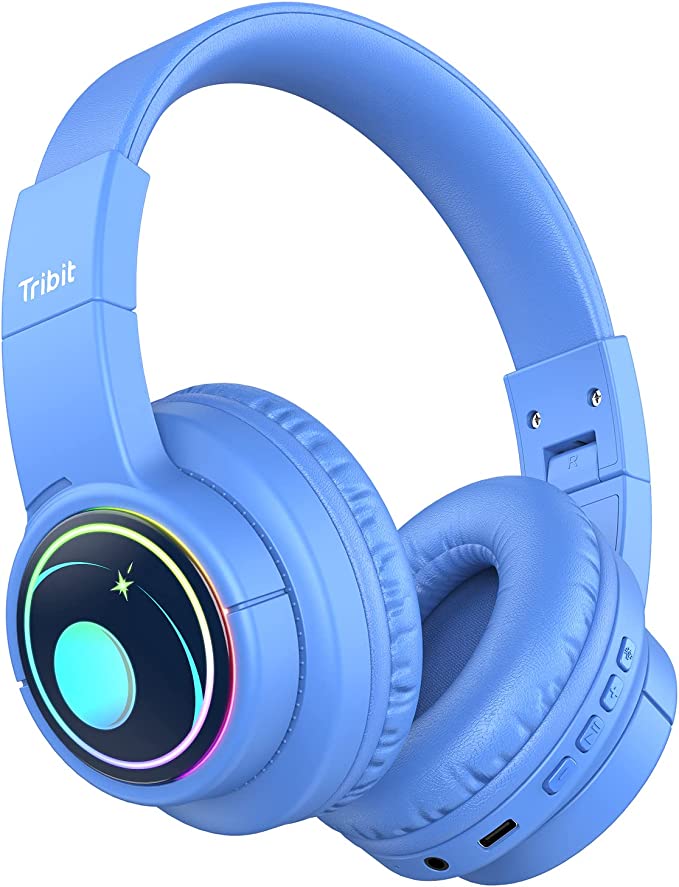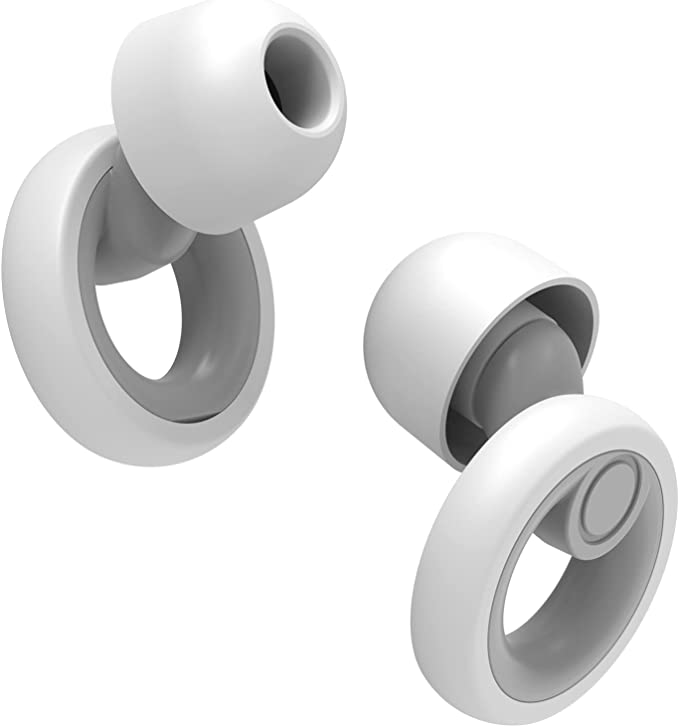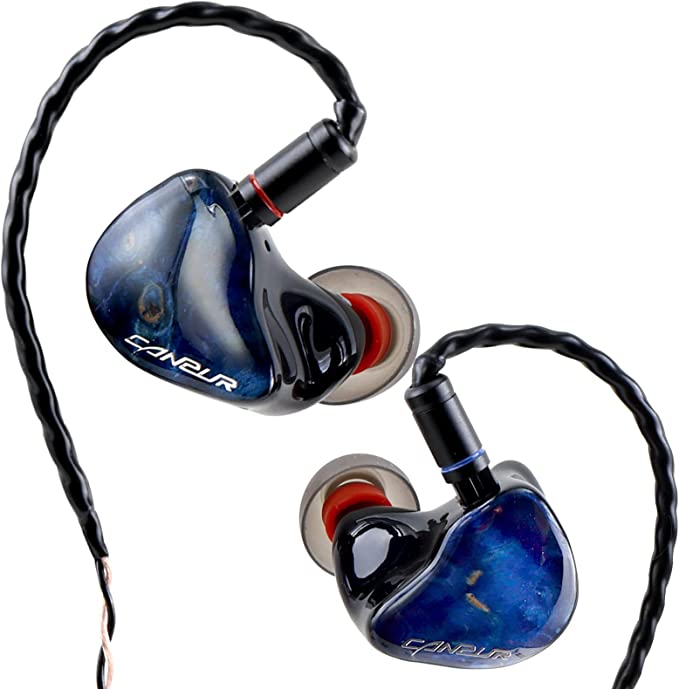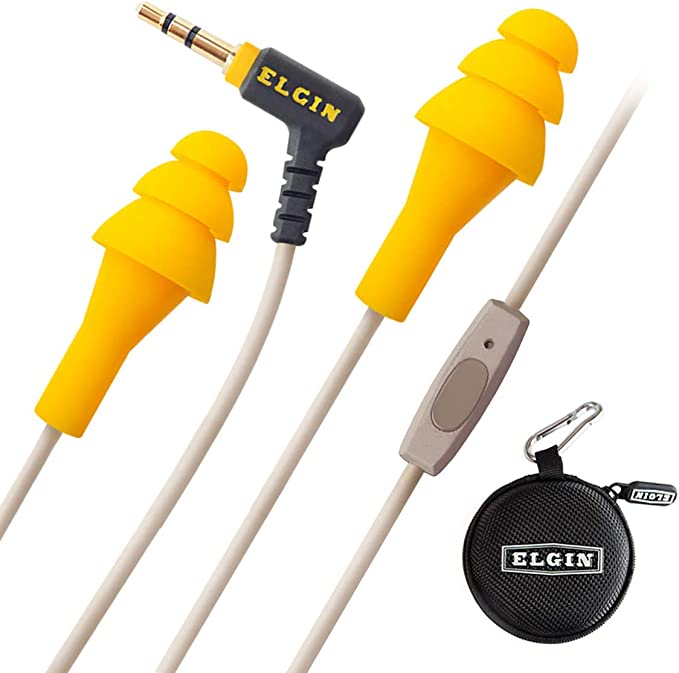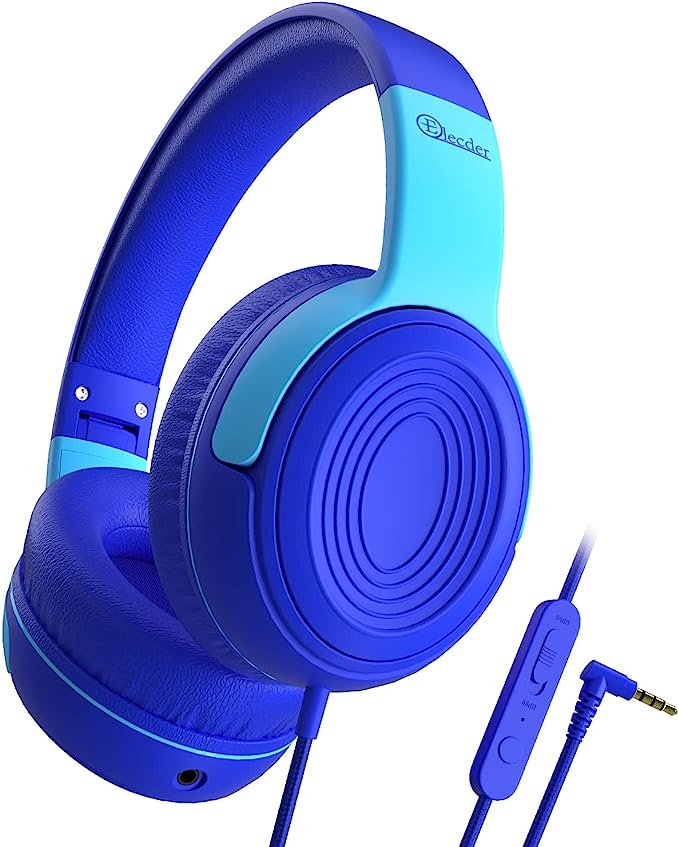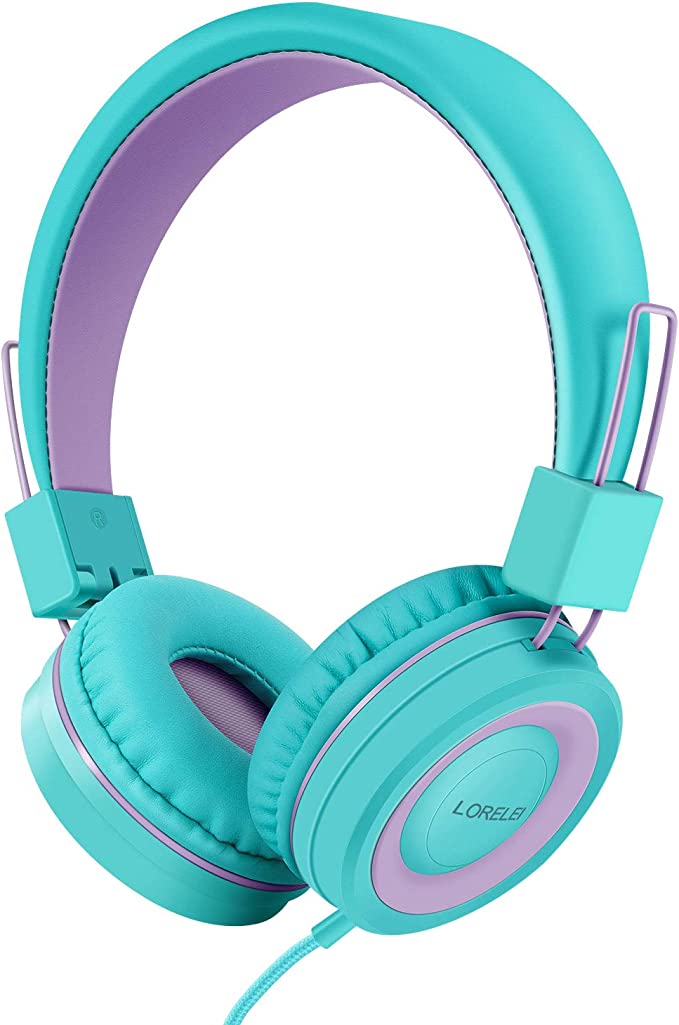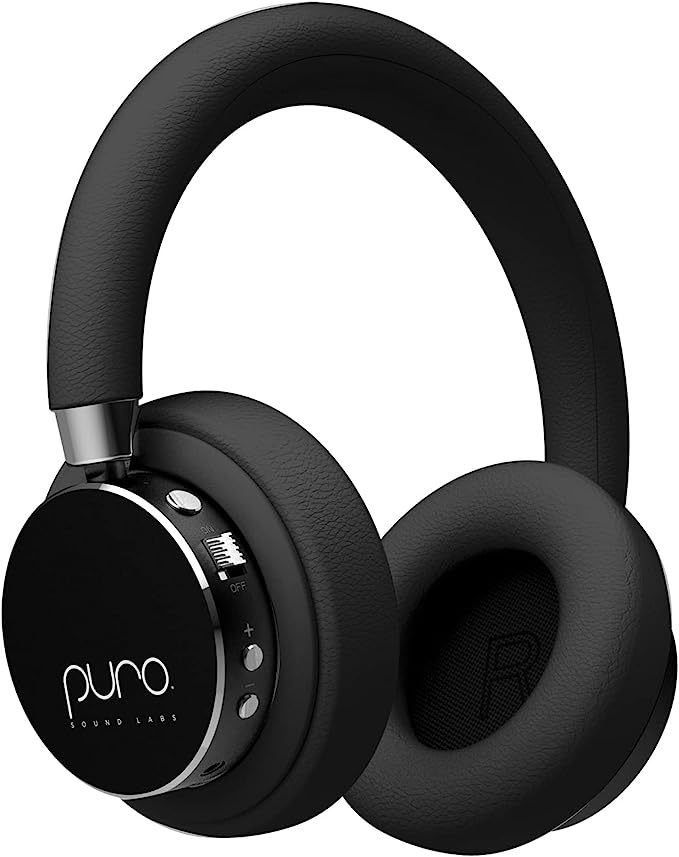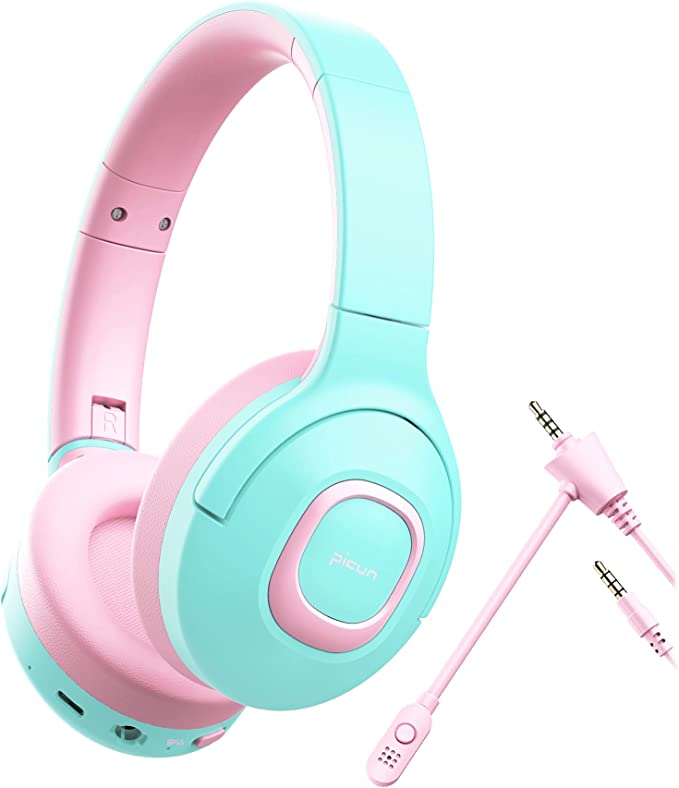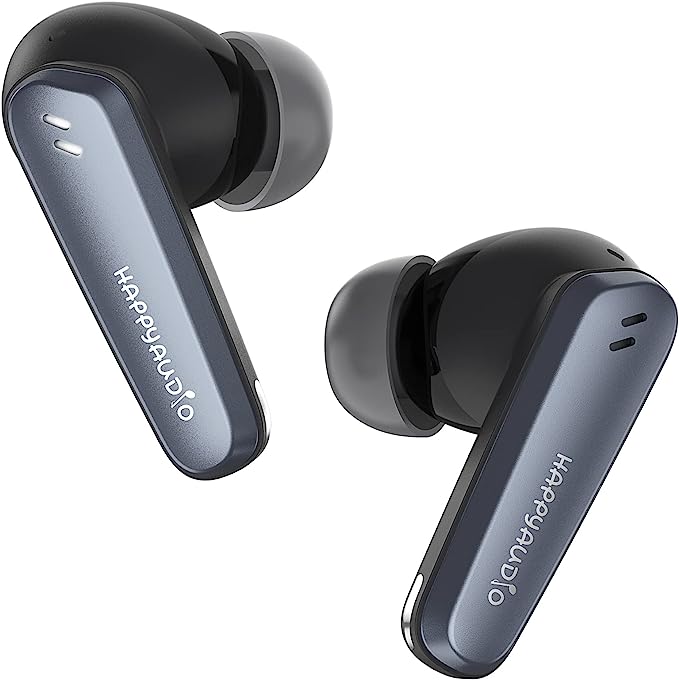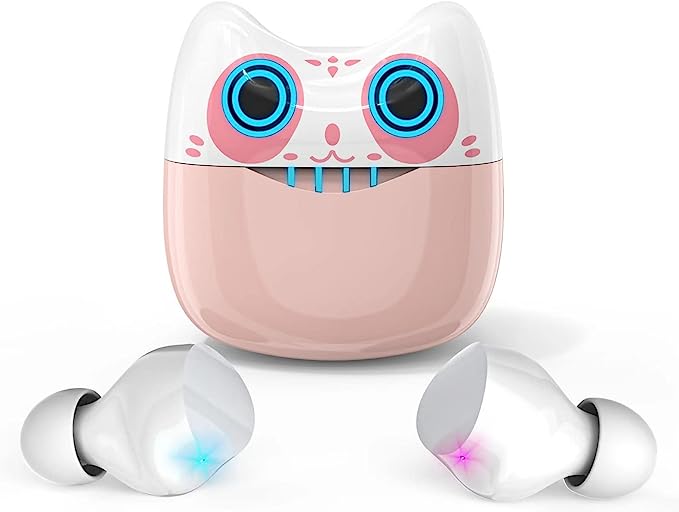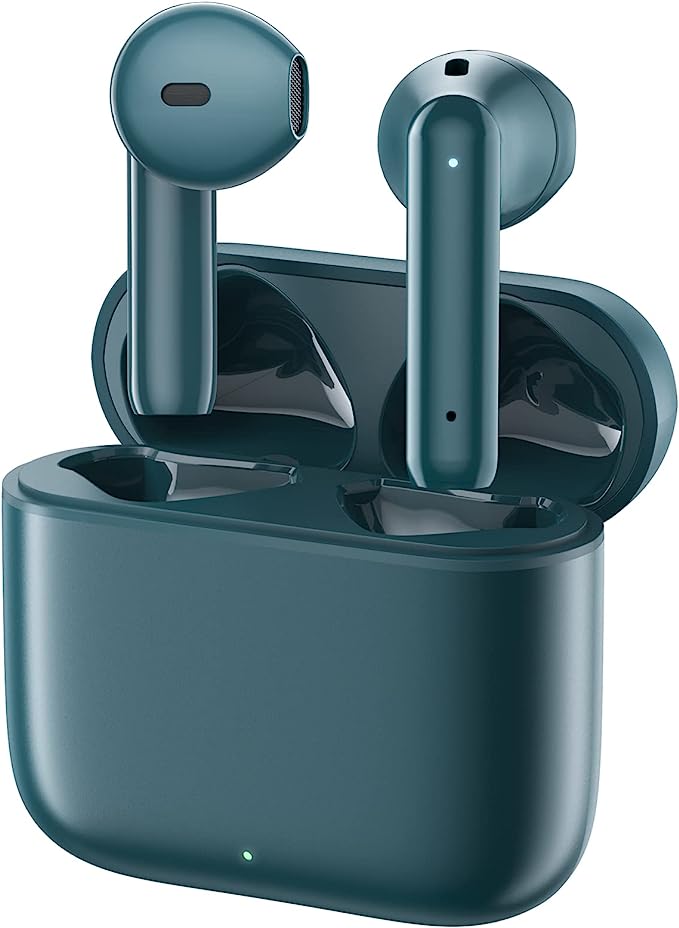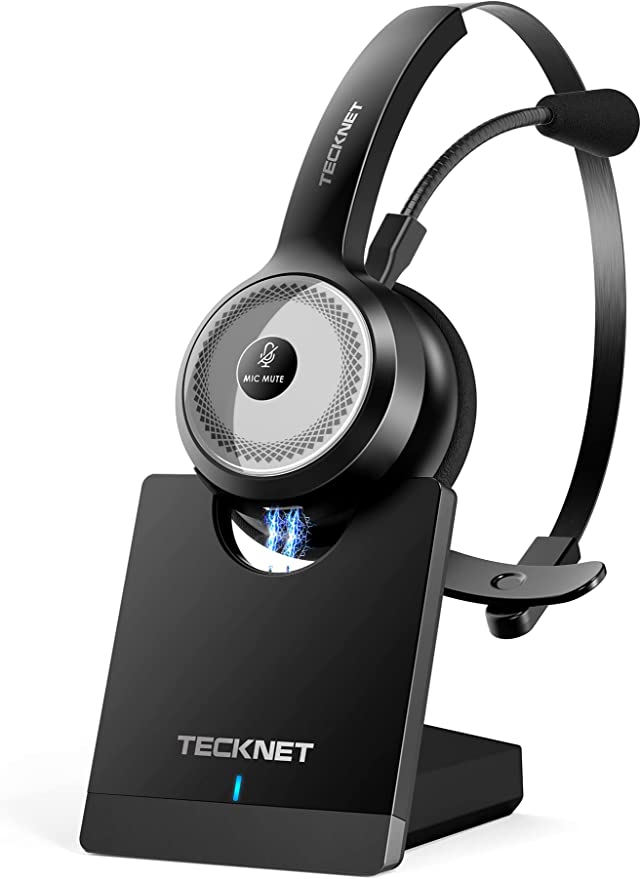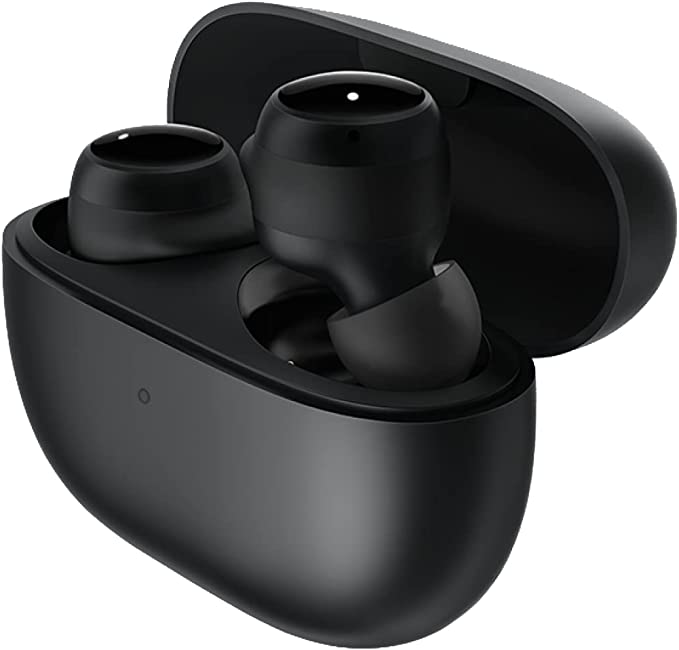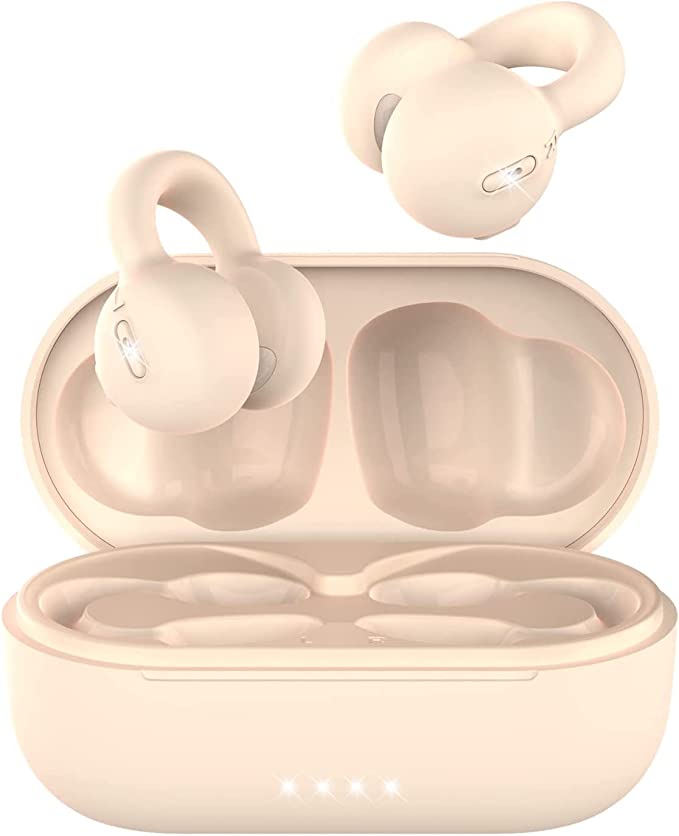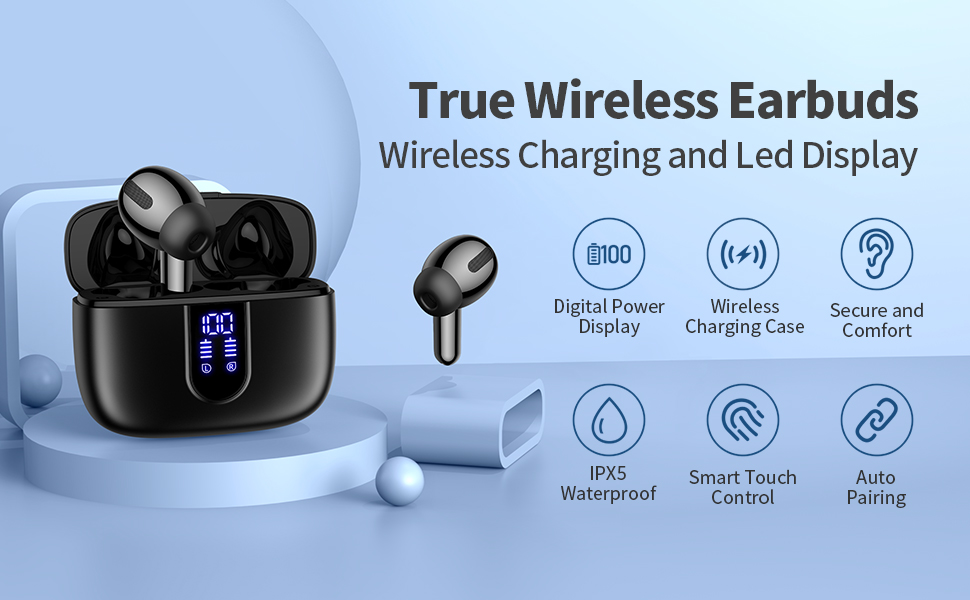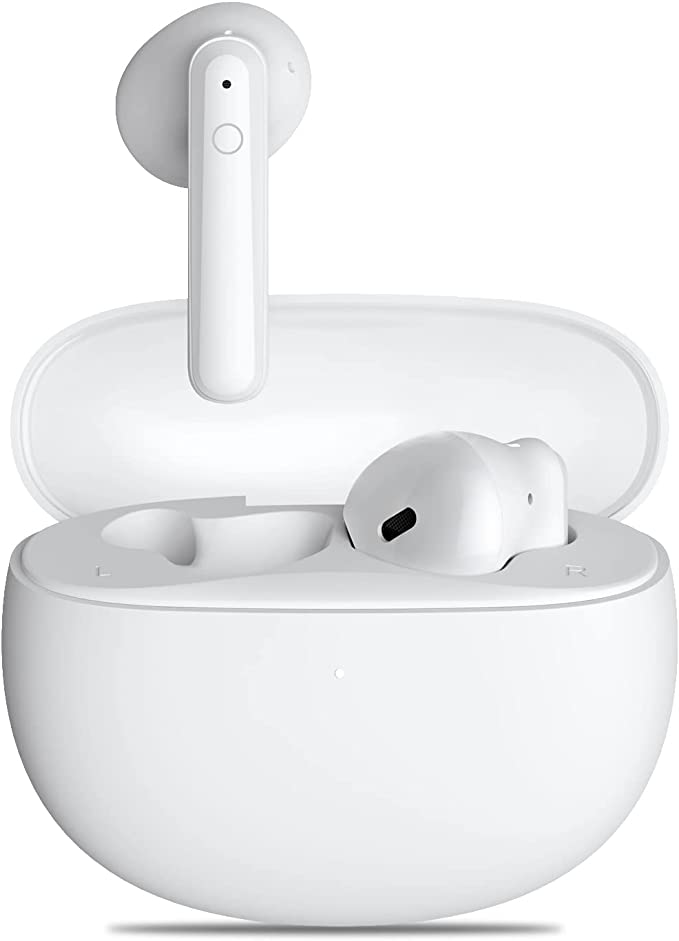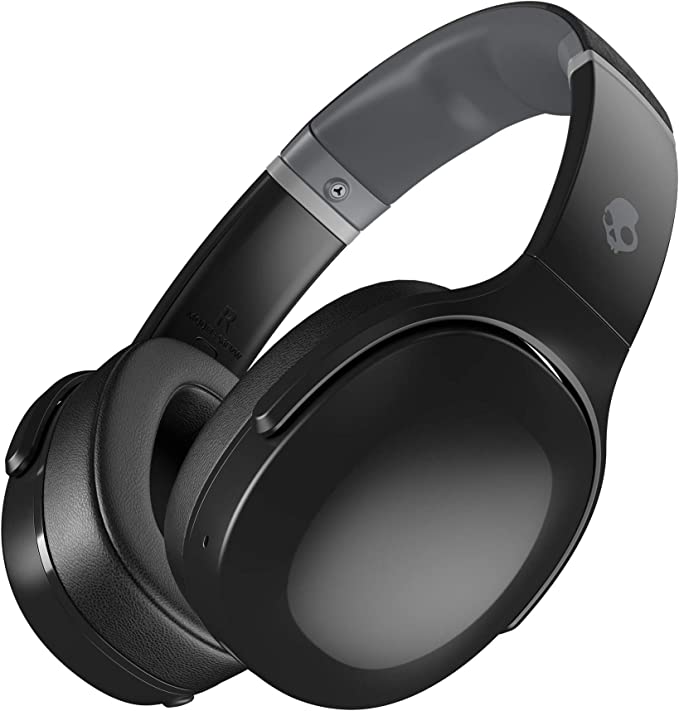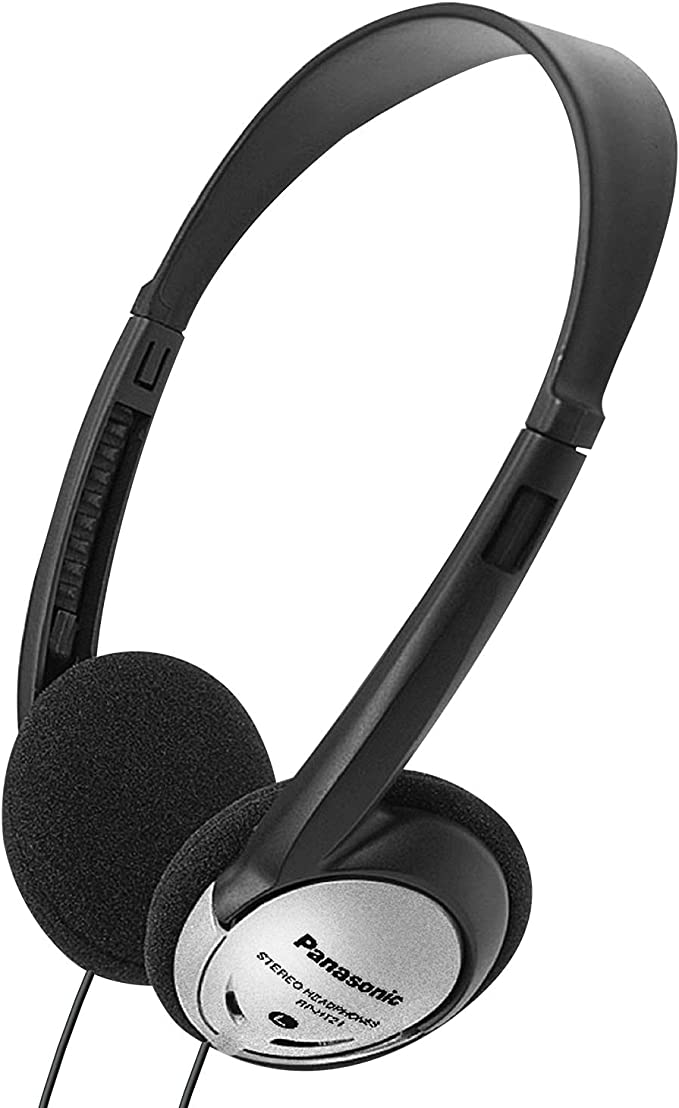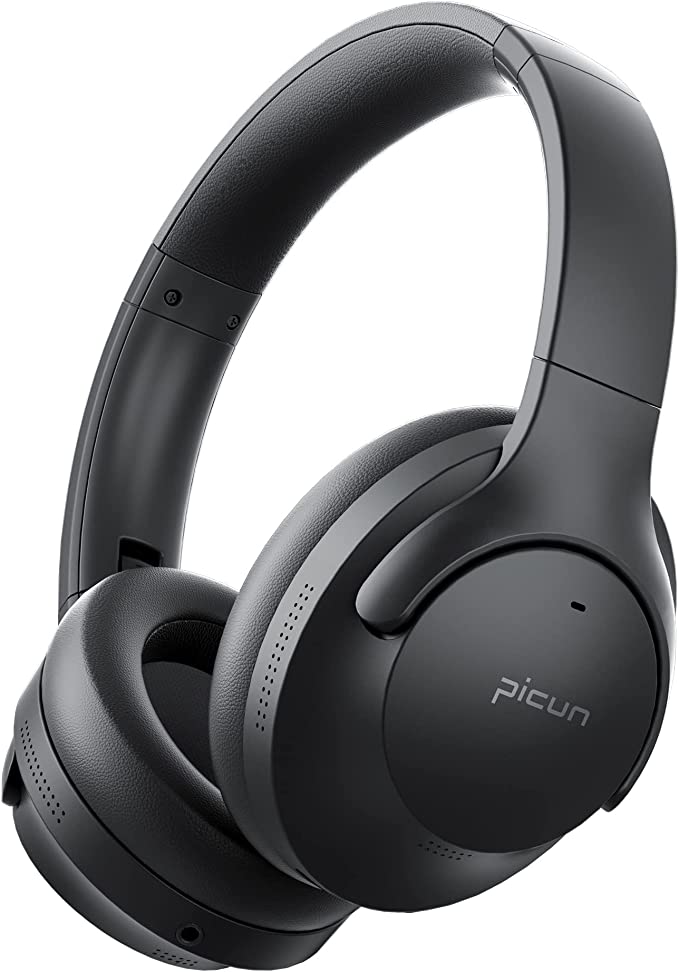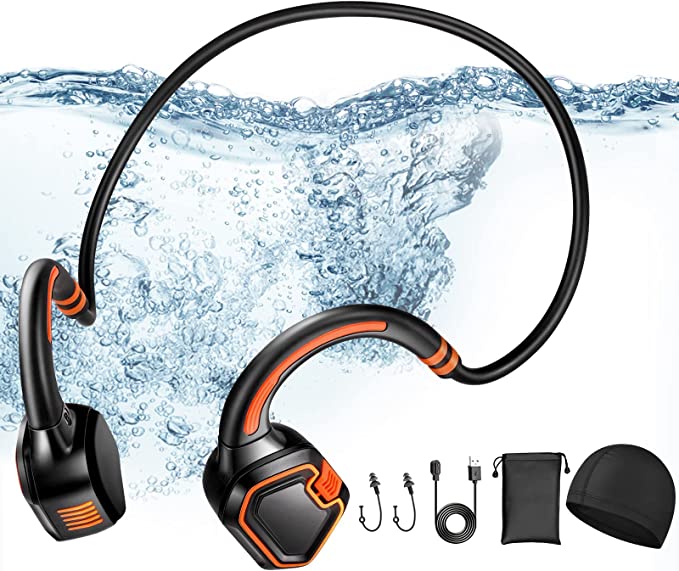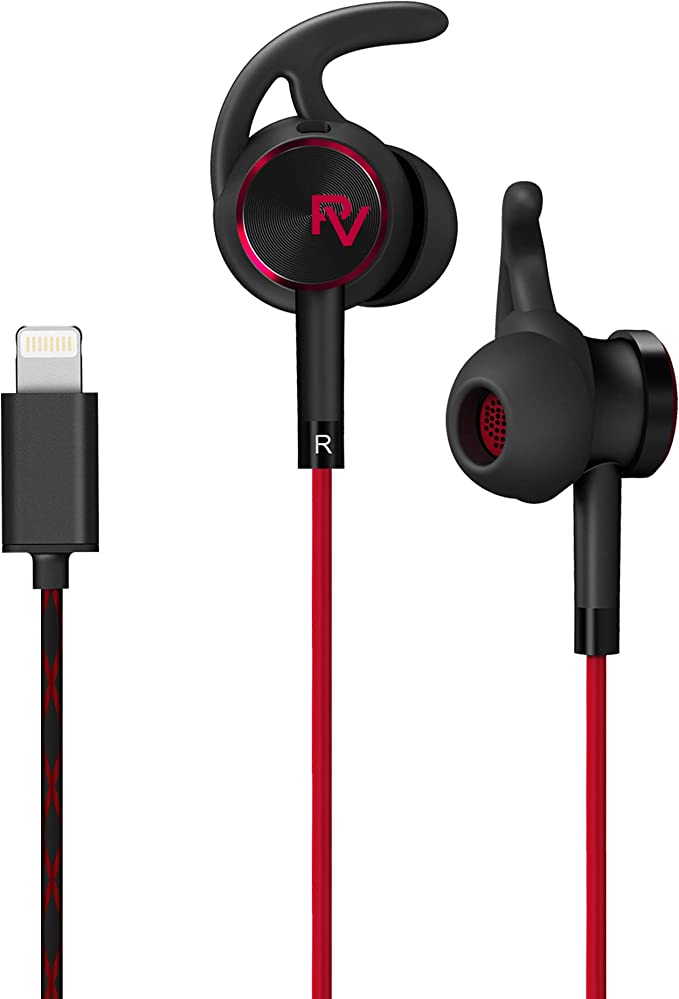Plugfones Protector VL: OSHA Compliant Earplugs with Sound for Work and Play
Update on March 21, 2025, 12:18 p.m.
The world is filled with sounds, from the gentle rustling of leaves to the roar of a jet engine. Sound enriches our lives, allowing us to communicate, enjoy music, and experience the world around us. But sound, when too loud or prolonged, can also be a source of harm, leading to a condition known as noise-induced hearing loss (NIHL). This isn’t just a problem for construction workers or musicians; it’s a growing concern for anyone exposed to loud noises, whether at work, at play, or even during their daily commute.

The World of Sound: More Than Meets the Ear
Sound is, at its core, a vibration. When an object vibrates – a guitar string, a vocal cord, a loudspeaker – it creates pressure waves in the surrounding medium, usually air. These waves travel outward from the source, like ripples in a pond. The characteristics of these waves determine what we hear.
- Frequency: This refers to the number of waves that pass a given point in one second, measured in Hertz (Hz). Higher frequency means a higher-pitched sound (like a whistle), while lower frequency means a lower-pitched sound (like a bass drum). The human ear can typically hear sounds ranging from 20 Hz to 20,000 Hz, although this range can shrink with age and noise exposure.
- Amplitude: This refers to the intensity of the sound wave, or how much the air pressure changes. Amplitude is related to loudness and is measured in decibels (dB). The decibel scale is logarithmic, meaning that a small increase in decibels represents a large increase in sound intensity. For example, a 10 dB increase represents a tenfold increase in sound intensity.
The Amazing Human Ear: A Masterpiece of Engineering
Our ears are remarkably sensitive instruments, capable of detecting a vast range of sounds. The process of hearing involves a complex series of steps:
- Outer Ear: The visible part of the ear, the pinna, collects sound waves and funnels them into the ear canal.
- Middle Ear: The sound waves reach the eardrum (tympanic membrane), causing it to vibrate. These vibrations are then amplified by three tiny bones: the malleus (hammer), incus (anvil), and stapes (stirrup).
- Inner Ear: The stapes transmits the vibrations to the cochlea, a fluid-filled, snail-shaped structure. Inside the cochlea are thousands of tiny hair cells, which are the sensory receptors for hearing. These hair cells are arranged according to the frequencies they respond to, like the keys of a piano. When the fluid in the cochlea vibrates, the hair cells are stimulated and send electrical signals to the brain via the auditory nerve. The brain then interprets these signals as sound.

The Dark Side of Sound: Noise-Induced Hearing Loss
The delicate hair cells within the cochlea are vulnerable to damage from loud noises. Prolonged exposure to high sound levels, or even a single exposure to an extremely loud sound (like an explosion), can cause these hair cells to bend excessively or even break. Unlike many other cells in the body, hair cells do not regenerate. Once they are damaged, the hearing loss is permanent.
Think of it like this: imagine a field of wheat. A gentle breeze will cause the wheat stalks to sway back and forth, but they’ll return to their upright position. However, a strong gust of wind can flatten the wheat, damaging it permanently. Similarly, loud noises can “flatten” the hair cells in the cochlea, leading to permanent hearing loss.
NIHL doesn’t happen overnight. It’s usually a gradual process, resulting from repeated exposure to loud noises over time. Early signs of NIHL can include:
- Difficulty understanding speech, especially in noisy environments.
- Ringing or buzzing in the ears (tinnitus).
- A feeling of fullness or pressure in the ears.
Protecting Your Precious Hearing: An Introduction to Noise Reduction
The good news is that NIHL is almost entirely preventable. The key is to reduce your exposure to loud noises. There are several ways to do this:
- Avoidance: The simplest way to protect your hearing is to avoid loud noises whenever possible.
- Distance: Increase your distance from the source of the noise. Sound intensity decreases significantly with distance.
- Hearing Protection Devices (HPDs): These devices, such as earplugs and earmuffs, physically block sound from entering the ear canal.
Introducing Plugfones Protector VL: Sound and Safety Combined
The Plugfones Protector VL is a unique hybrid device that combines the benefits of earplugs with the ability to listen to audio. This makes it an ideal solution for individuals who need hearing protection but also want to enjoy music, podcasts, or audiobooks while they work or play. Let us take a look at some key features.

SoundSeal: Creating a Barrier Against Noise
At the heart of the Protector VL’s hearing protection capabilities is the SoundSeal technology. Unlike active noise cancellation, which uses electronics to generate opposing sound waves, SoundSeal relies on passive noise isolation. The earplugs themselves, made of either soft foam or silicone, are designed to create a tight seal within the ear canal. This physical barrier effectively blocks a significant amount of external noise from reaching the eardrum.
The effectiveness of an earplug in blocking noise is measured by its Noise Reduction Rating (NRR). The Protector VL has an NRR of 29 dB. It is crucial to understand NRR. The actual noise reduction can be less, influenced by several factors:
- Fit: How well the earplugs seal in the ear canal is paramount. A poor seal allows noise to leak in, significantly reducing effectiveness.
- Frequency of Noise: NRR is an average across different sound frequencies. Earplugs might be more effective at blocking some frequencies than others.
- Duration of Exposure
WorkSafe Volume Limiting Technology: Keeping Sound Levels Safe
While SoundSeal blocks external noise, WorkSafe Volume Limiting Technology addresses the sound coming from the built-in speakers. This technology ensures that the audio output from the Protector VL never exceeds 82 dB, regardless of the volume setting on your connected device. This is crucial because even with earplugs, listening to audio at high volumes can still damage your hearing.
Why 82 dB? This level is chosen based on extensive research and recommendations from organizations like OSHA. Prolonged exposure to sound levels above 85 dB can lead to hearing damage. By limiting the volume to 82 dB, the Protector VL provides an extra layer of safety, allowing you to enjoy audio without risking your hearing.
There is the term called “Time-Weighted Average (TWA)” sound level. The TWA is calculated by considering both the sound level and the duration of exposure. Higher sound levels are permissible for shorter periods, and lower sound levels are permissible for longer periods.
TuffCord: Built to Last
The Protector VL features a durable cable called TuffCord. It’s designed to withstand the rigors of daily use, whether you’re working on a construction site or riding a motorcycle. The cable is flexible, tear-resistant, and less prone to tangling, ensuring that your earplugs will last. Although, some users report problems with the cable, showing not everyone has the best experience.
Comfort: Designed for All-Day Wear
Hearing protection is only effective if you wear it consistently. The Protector VL is designed for comfort, even during extended use. It comes with two types of earplugs: foam and silicone. You can choose the type that best fits your ears and provides the most comfortable seal. The ergonomic design of the earplugs also helps to ensure a secure and comfortable fit.
OSHA Standards and Workplace Safety: Protecting Workers’ Hearing
The Occupational Safety and Health Administration (OSHA) plays a crucial role in protecting workers’ hearing in the United States. OSHA has established regulations that limit the amount of noise workers can be exposed to in the workplace.
OSHA’s permissible exposure limit (PEL) for noise is 90 dBA (A-weighted decibels) as an 8-hour time-weighted average (TWA). This means that, on average, a worker should not be exposed to more than 90 dBA of noise over an 8-hour workday. OSHA’s standard also includes a “5 dB exchange rate.” This means that for every 5 dB increase in noise level above 90 dBA, the permissible exposure time is cut in half.
When noise levels exceed 85 dBA TWA, OSHA requires employers to implement a “hearing conservation program.” This program typically includes:
- Noise monitoring: Regularly measuring noise levels in the workplace.
- Audiometric testing: Testing employees’ hearing to detect any hearing loss.
- Hearing protection: Providing employees with appropriate hearing protection devices, such as earplugs or earmuffs.
- Training: Educating employees about the hazards of noise and how to protect their hearing.
The Plugfones Protector VL is designed to comply with OSHA’s noise exposure standards. The combination of SoundSeal and WorkSafe technologies helps to ensure that workers are protected from both external noise and excessive audio volume.
The protector VL has a customer rating of 3.6 out of 5.

Conclusion
The Plugfones Protector VL provides effective hearing protection, especially useful for individuals who work or spend time in noisy environments. While traditional earplugs offer excellent noise reduction, they can also isolate the wearer from important sounds, like conversations or warning signals. The Protector VL addresses this issue by combining hearing protection with audio capabilities, allowing users to stay connected and aware while still safeguarding their hearing.
Beyond the Workplace: Hearing Protection for Everyone
While OSHA regulations primarily focus on workplace safety, the importance of hearing protection extends far beyond the industrial setting. Many everyday activities expose us to potentially damaging noise levels:
- Motorcycling: Wind noise at highway speeds can easily exceed 100 dB, posing a significant risk to hearing.
- Concerts and Sporting Events: Loud music and cheering crowds can reach dangerously high sound levels.
- Power Tools and Lawn Equipment: Using power tools like chainsaws or lawnmowers without hearing protection can cause permanent damage.
- Air Travel: The constant drone of airplane engines can contribute to hearing fatigue and potential damage over long flights.
- Using headphones/earbuds: Listening with a high volume for a long time can cause hearing loss.
In each of these scenarios, the Plugfones Protector VL can offer a valuable solution, allowing you to protect your hearing while still enjoying your activities.
Choosing the Right Earplugs: Foam vs. Silicone
The Protector VL comes with two different types of earplugs: foam and silicone. Each type has its own advantages and disadvantages:
- Foam Earplugs: These are typically made of soft, expandable foam that conforms to the shape of your ear canal. They offer excellent noise reduction and are generally very comfortable, especially for extended wear. However, foam earplugs can be more difficult to clean and may need to be replaced more frequently.
- Silicone Earplugs: These are made of a more durable, reusable material. They are easier to clean and maintain than foam earplugs, but some users find them less comfortable, especially for long periods. Silicone earplugs may also offer slightly less noise reduction than foam earplugs, depending on the fit.
The best type of earplug for you will depend on your individual preferences and needs. Experiment with both types to find the one that provides the best combination of comfort, noise reduction, and ease of use.
Proper Insertion: Key to Effective Noise Reduction
No matter which type of earplug you choose, proper insertion is crucial for achieving maximum noise reduction. A poorly fitted earplug will allow noise to leak in, significantly reducing its effectiveness. Here’s how to properly insert earplugs:
- Roll: Roll the earplug between your fingers to compress it into a thin cylinder. For foam earplugs, this is especially important.
- Pull: Gently pull the top of your ear up and back to straighten your ear canal.
- Insert: Insert the compressed earplug into your ear canal, holding it in place for a few seconds until it expands (for foam earplugs) or seals (for silicone earplugs).
- Check: Once the earplug is in place, it should feel snug and secure. You should notice a significant reduction in ambient noise. If not, try reinserting the earplug.
Maintaining Your Earplugs: Keeping Them Clean and Effective
Regular cleaning and maintenance will help to prolong the life of your earplugs and ensure their effectiveness.
- Foam Earplugs: These are generally disposable and should be replaced when they become dirty or lose their ability to expand properly. You can extend their life slightly by gently wiping them with a damp cloth, but avoid soaking them in water.
- Silicone Earplugs: These can be washed with mild soap and water. Make sure to rinse them thoroughly and allow them to air dry completely before using them again.
A Word About Tinnitus: The Ringing That Won’t Stop
Tinnitus, often described as a ringing, buzzing, or hissing sound in the ears, is a common symptom of noise-induced hearing loss. It can also be caused by other factors, such as ear infections, certain medications, and age-related hearing loss. While there is no cure for tinnitus, there are ways to manage it. If you experience persistent tinnitus, it’s important to see a doctor or audiologist to rule out any underlying medical conditions and discuss treatment options.
Protecting Your Hearing: A Lifelong Investment
Hearing loss is often gradual and painless, so it’s easy to take our hearing for granted. But once hearing is lost, it’s usually permanent. Taking steps to protect your hearing now is an investment in your long-term health and well-being. The Plugfones Protector VL offers a convenient and effective way to combine hearing protection with audio enjoyment, making it easier than ever to safeguard your precious hearing. Remember, the best way to treat hearing loss is to prevent it in the first place. By being mindful of noise levels and using hearing protection when necessary, you can enjoy the sounds of life for years to come.
Some users report that wires are easily knotted.
Sound Advice for Healthy Hearing
The world is full of beautiful sounds, but also a lot of noise. It’s up to us to protect our hearing so we don’t miss out. The Plugfones Protector VL earplugs are a good step in the right direction, blending protection with the ability to enjoy audio. But true hearing health goes beyond any single product. Regular check-ups with an audiologist, being mindful of loud environments, and knowing when to take breaks from noise are all part of the bigger picture. Think of it like protecting your skin from the sun – a little care goes a long way.

